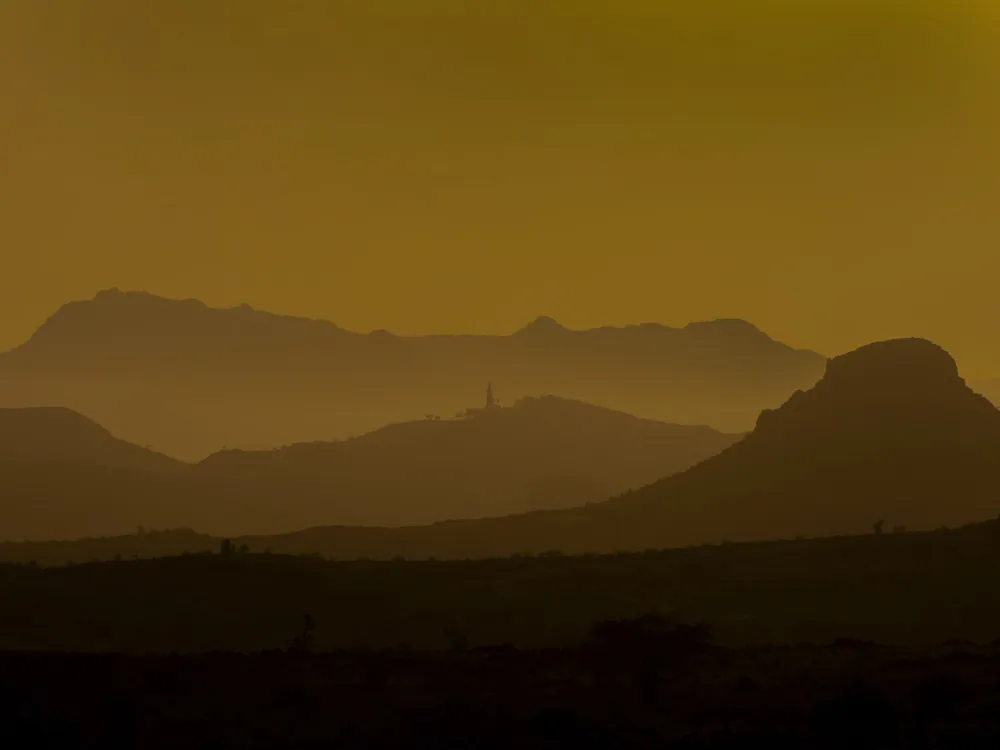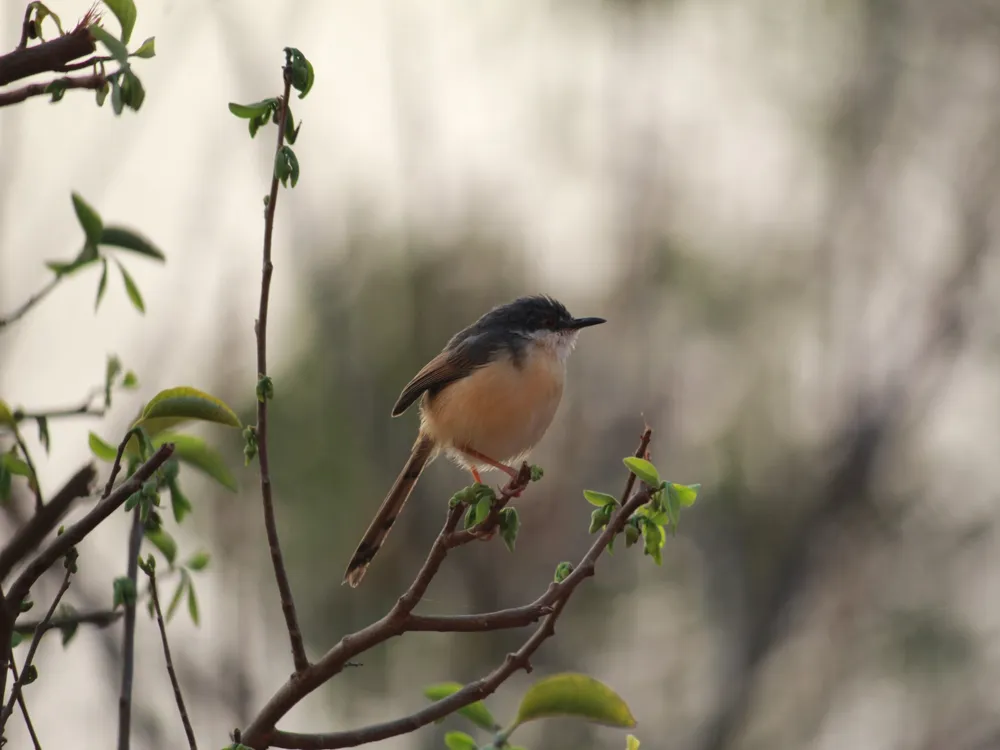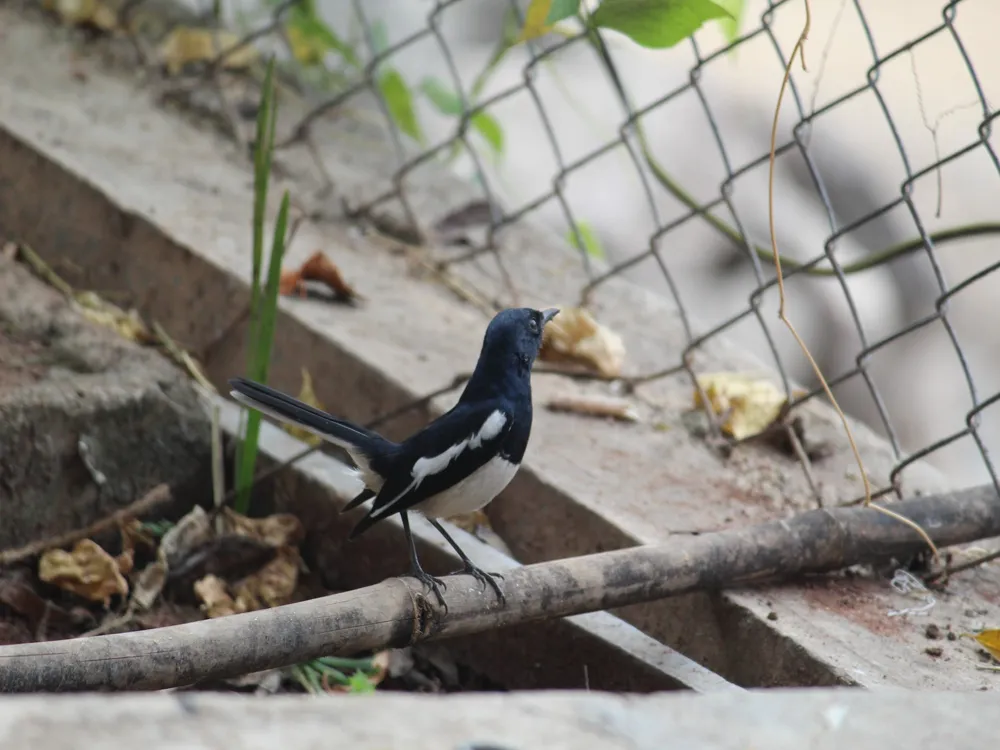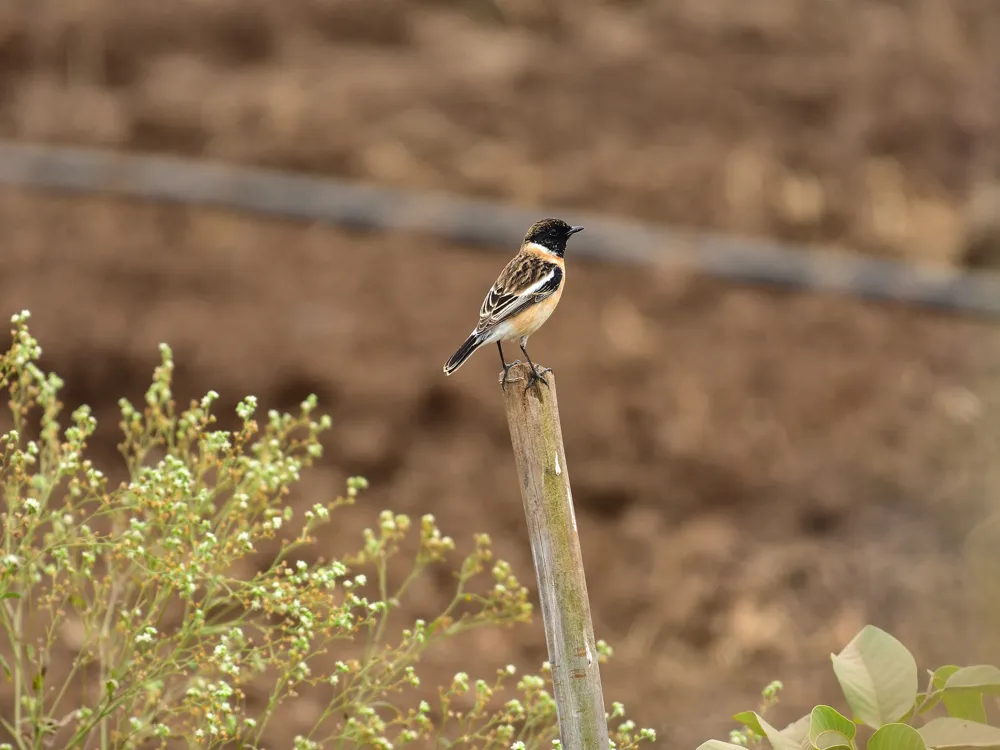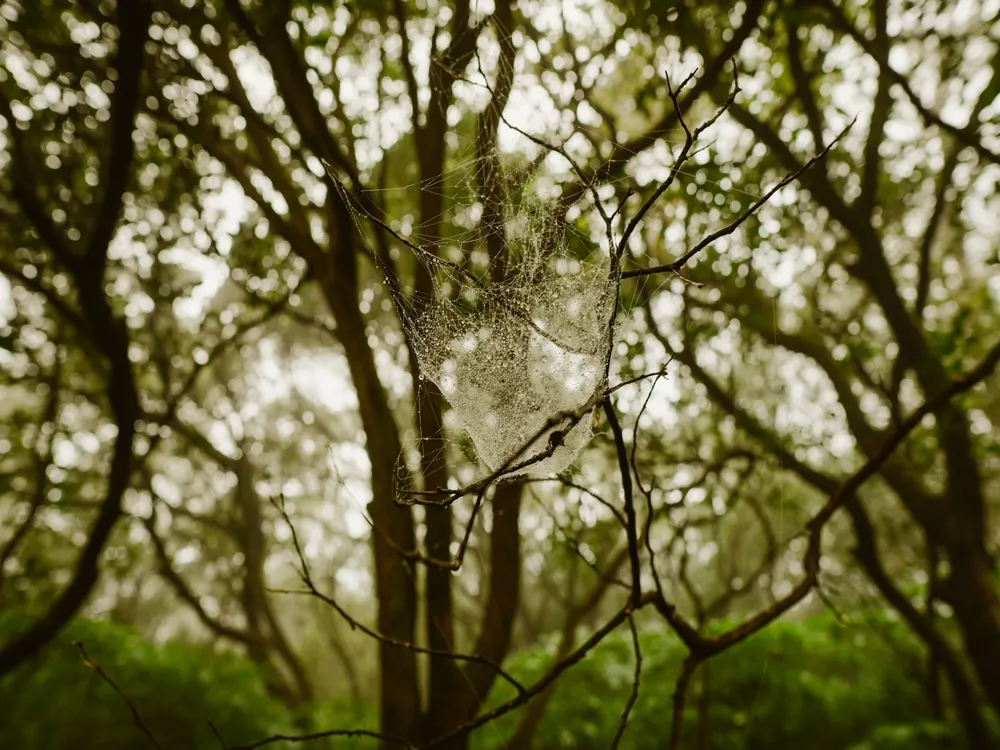Best Time to Visit Jejuri
Maharashtra Goa India
66 out of 67 Places to visit in Maharashtra GoaNaN onwards View Packages
Get Customized PackagesThe Land of Diversity
Top Hotel Collections

Private Pool

Luxury Hotels

5-Star Hotels

Pet Friendly
What is the best time to visit Jejuri?
Jejuri, a hidden gem in Maharashtra, India, beckons travelers with its rich cultural heritage and breathtaking landscapes. Planning the perfect trip requires meticulous consideration of the best time to visit Jejuri. In this comprehensive guide, we unveil the nuances of each season, ensuring your visit is not only memorable but also timed to perfection.
More about Best Time to Travel to Jejuri
Travel Peak Season in Jejuri
The peak season in Jejuri, spanning from October to March, offers an exquisite blend of pleasant weather and vibrant cultural festivities. During this time, the iconic Khandoba Temple comes alive with devotees, and the town is draped in the hues of the famous Bhandara Festival. The temperature hovers between 15 to 30 degrees Celsius, creating an ideal atmosphere for exploration.
Travel Offseason in Jejuri
For those seeking tranquility and a more intimate experience, the offseason in Jejuri from April to June provides a unique charm. Although the temperature can soar to 40 degrees Celsius, this period offers solitude and a chance to witness the town in its natural, untouched state.
Jejuri Travel Packages
View All Packages For Jejuri
Jejuri in Hot Season
The hot season, from April to June, unveils Jejuri's raw beauty. The scorching sun casts a warm glow over the landscape, emphasizing the vibrant hues of the town. While the temperatures may be challenging, this season provides an authentic experience of Jejuri's rural life and the cultural significance of the Khandoba Temple.
Jejuri in Shoulder Season
The shoulder season in Jejuri, extending from July to September, ushers in the monsoon showers, transforming the region into a lush, green paradise. This period is perfect for nature enthusiasts, offering a unique perspective of the town's beauty. The moderate rainfall, ranging from light drizzles to occasional downpours, adds a refreshing touch to the overall experience.
Jejuri in Rainy Season
As the monsoon embraces Jejuri, the landscape undergoes a magical transformation. The town, surrounded by lush greenery, exudes a serene charm. Despite the occasional showers, the rainy season in Jejuri is an excellent time for avid photographers and those who revel in the beauty of nature in its purest form.
Jejuri in Cool Season
As winter sets in from October to March, Jejuri dons a comfortable and cool ambiance. The temperature during this period ranges from 10 to 25 degrees Celsius, making it the ideal time to visit Jejuri for those who prefer mild weather. The cultural festivities continue, and the town remains vibrant with the echoes of prayers and festivities.
Places To Visit In Jejuri
Nearby Places Jejuri
Jejuri Photos
View All Photos For JejuriBrowse Package Collections
Browse Hotel Collections
Faq
1. When is the best time to visit Jejuri?
The ideal time to visit Jejuri is during the spring season, from February to April. During this period, the weather is pleasant, and the town is adorned with vibrant colors due to the blooming of the famous Jejuri Khandoba Temple's surrounding fields.
2. What makes spring the best time to visit?
Spring offers a comfortable climate with temperatures ranging from 15°C to 25°C, making outdoor exploration enjoyable. The scenic beauty of Jejuri peaks during this season as the turmeric fields bloom, creating a picturesque landscape.
3. Are there any specific events during the best time to visit Jejuri?
Yes, the annual Jejuri Yatra takes place during the spring months, attracting pilgrims and tourists alike. The festival is marked by vibrant processions, cultural performances, and religious ceremonies, providing a unique cultural experience.
4. How is the weather during the recommended period?
Spring brings mild and pleasant weather to Jejuri. The temperatures are moderate, allowing visitors to explore the town comfortably. It's advisable to carry light clothing during the day and a light jacket for the evenings.
5. Can I visit Jejuri during other seasons?
While spring is the best time, Jejuri can be visited in other seasons as well. Summer (May to June) can be warm, but it's suitable for those who enjoy the sun. Monsoon (July to September) brings lush greenery but may limit outdoor activities due to heavy rainfall.

